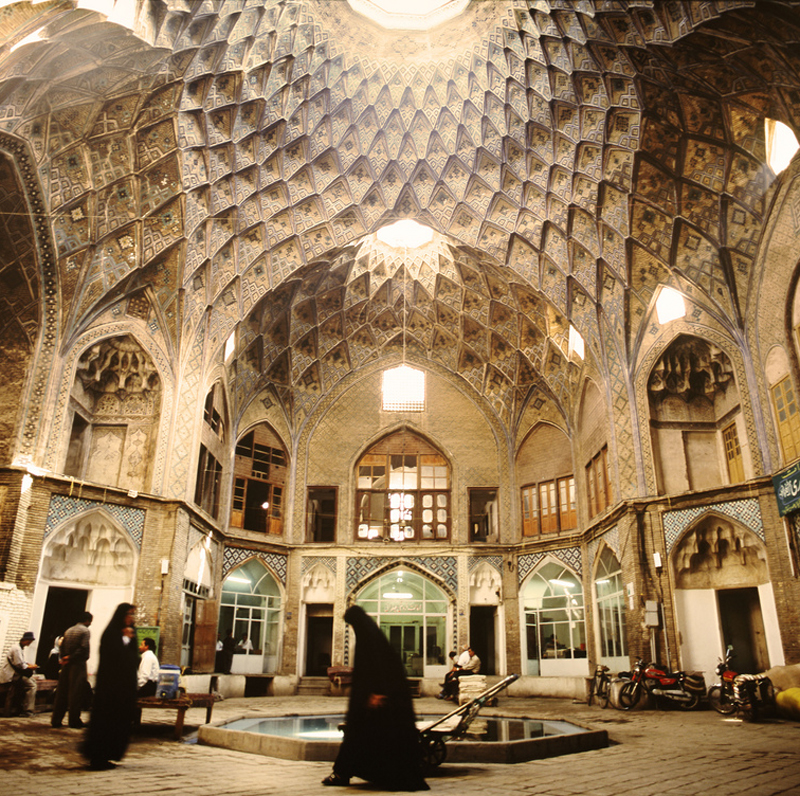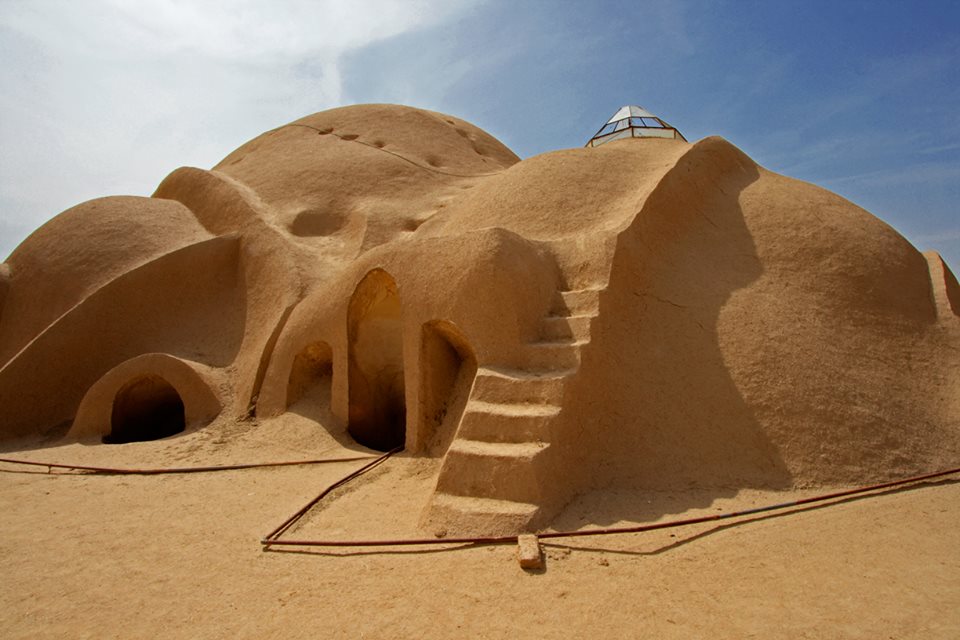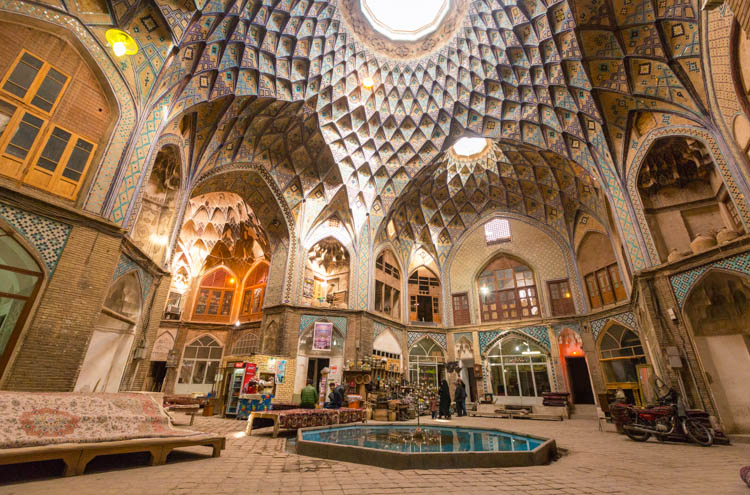“Muhammad and the Ka’ba demonstrate the essence of the Islamic concept of space: the terrestral paradise, or the city, is ordered around a physichal structure (the Ka’ba) whose slightly off-center position indicates its role as a vessel. This organization indicates a non-figurative monumentality through which a divine order converges with an actual place. The islamic conception of the city is presented as an ideological management of space through strict boundaries. Islamic political theology is no merely preached, it also takes the physichal form of architecture, specifically of walls that divide a faithful group from the rest.”
“Muhammad y la Ka’ba demuestran la esencia del concepto espacial islámico: el paraiso terrenal, o la ciudad, se ordena alrededor de una estructura física cuya posición ligeramente descentrada manifiesta su función de contenedor. Esta organización revela una monumentalidad no figurativa mediante la cual un orden divino entra en corvengencia con un lugar real. La concepción islámica de la ciudad se presenta como una gestión política del espacio mediante límites muy estrictos. nLa teología política islámica no es sólo predicada, toma la forma física de la arquitectura, especialmente mediante muros que separan a un grupo de fieles del resto.”
Text by Hamed Khosravi
 |
| Illustration by Pascal Coste |
 |
| Illustration by Eugène Flandin |
 |
| Illustration by Pascal Coste |
Bazaar of Kashan is an old bazaar in the center of the city of Kashan, Iran. It is thought to have been built in the Seljuk era with renovations during the Safavid period. The bazaar has an interesting spatial structure, especially at its Timche-ye Amin od-Dowleh section, where a grand light well was built in the 19th century. The bazaar is still in use and is a few miles in total length. In the bazaar’s complex beside the main bazaars, there are several mosques, tombs, caravanserais, arcades, baths, and water reservoirs, everything built up in a different periods.
El Bazar de Kashan, viejo bazar situado en el centro de la ciudad homónima, en Irán, fue presuntamente construido en la era Seljuk, siendo renovado posterioremente en el periodo Safavid. El bazar presenta una interesante organización espacial, sobre todo la sección Timche-ye Amin od-Dowleh, donde se construyó un gran pozo de luz en el siglo XIX. El bazar, aún en uso, presenta una extensión de varios kilómetros. En el complejo urbano, más allá del bazar, podemos encontrar varias mezquitas, tumbas, caranvaserais, pórticos, baños y reservas de agua construidas en diferentes periodos.
 |
| Image by Barbatulus |
































